Whether you’re the next “Iron Chef” or no better than Homer Simpson in the kitchen, you know there’s a huge variety of oils and fats you can use in cooking. But which ones should and shouldn’t you be using? The FizzUp trainer gives you his handy tips to make your own culinary creations as healthy as possible!
Fats, a type of lipid, are molecules that are involved in many of your body’s physiological processes. Fats have long been the number one enemy of nutrition because people wrongly believed that cutting all fats from their diet would help them lose weight. Today, we know that your body absolutely needs fats in order to function properly.
But like any other macronutrient, if eaten in excess (especially from unhealthy sources), they can have the adverse effect. For instance, eating too much of certain kinds of fats will spike your bad cholesterol levels and increase your risk of cardiovascular disease.
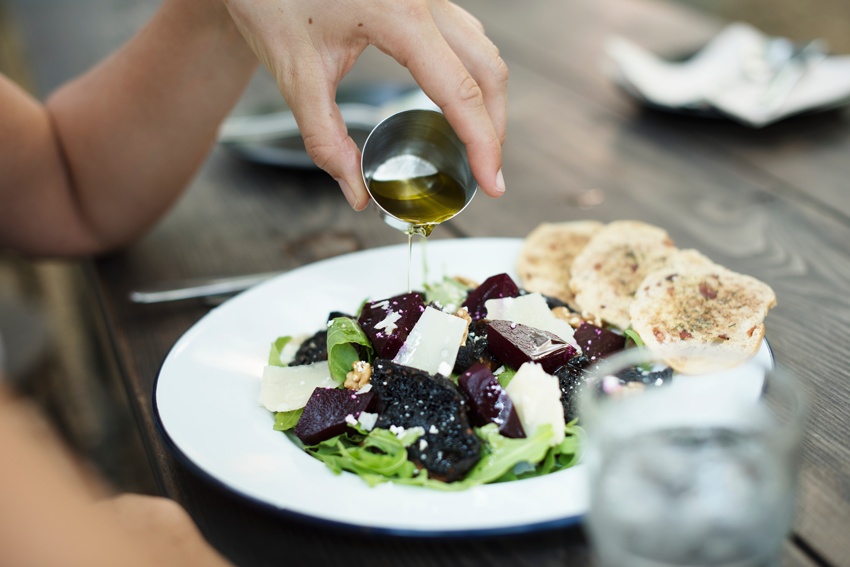
Fats are made of saturated and unsaturated fatty acids (or simply, saturated and unsaturated fat). Some are even called “essential” fatty acids because your body can’t synthesize them, so it has to get them from your diet. Unsaturated fat such as omega-3, 6 and 9 are examples of fats you should be eating.
On the other hand, you need to limit the amount of saturated fat you eat, because many people eat too much of it when compared to unsaturated fat.
In cooking, there are three major kinds of fats you can use: butter, margarine and oils.
There are two factors you should pay attention to when you choose your cooking oils and fats: the smoke point (also known as the burning point) and fatty acid content.
When oils and fats are cooking, they start to smoke at a certain temperature, which is what’s called the smoke point. When they reach this point, they create toxic and carcinogenic molecules such as acrylamide and acrolein. Not very appetizing, right? That’s why there are many oils and fats you shouldn’t use for cooking or only for cooking at temperatures under 212°F (100°C).
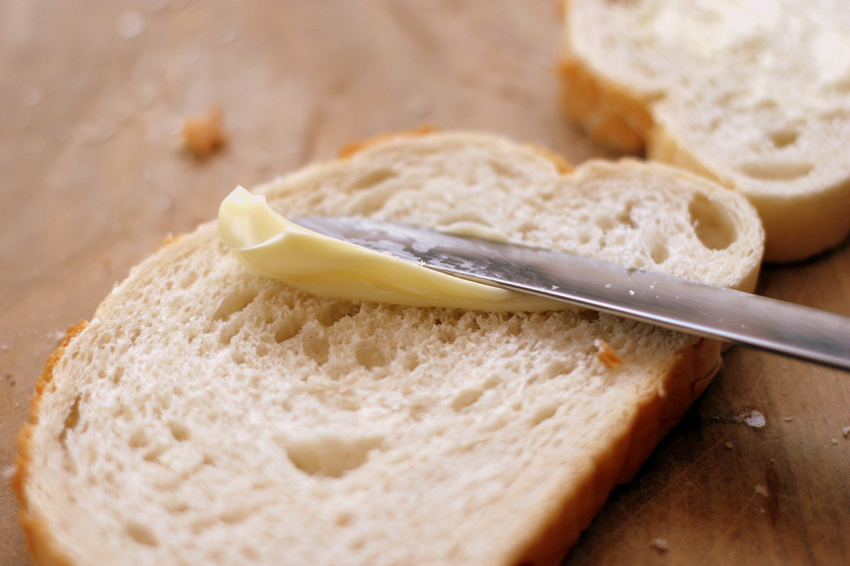
Butter quickly turns brown at its smoke point of around 248°F (120°C), which means that it shouldn’t be used for cooking. As for margarine, it should also be avoided for cooking because of its water content, which triggers hydrolysis reactions and a much lower smoke point.
In terms of fatty acid content, butter contains over 50% saturated fat and little unsaturated fat, so steer clear of it for the most part or spread it on toast for breakfast on rare occasions.
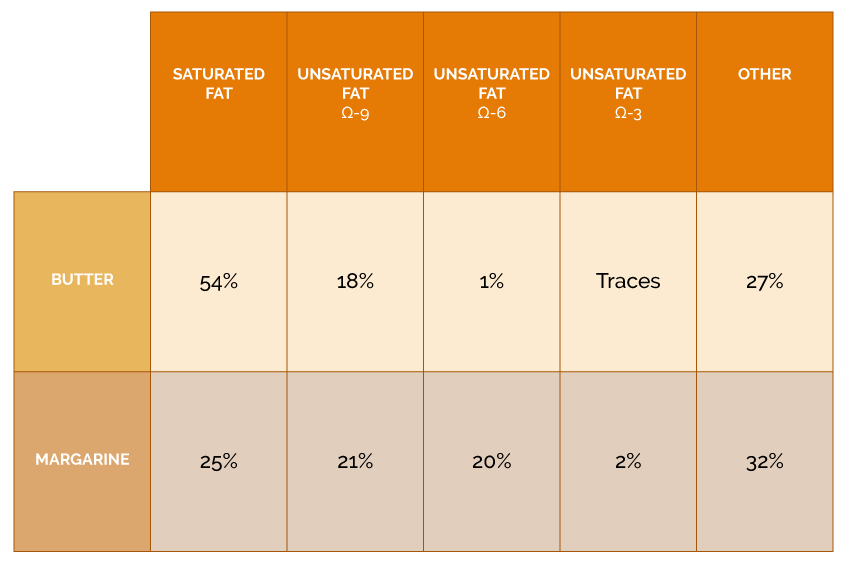
Margarine undergoes many manufacturing processes including hydrogenation in particular if it’s inexpensive. This is the process that solidifies vegetable oil, but also creates trans fat that you shouldn’t eat, ever! If you prefer this to butter, choose margarine that doesn’t contain hydrogenated fat.
In this face-off between butter and margarine, the FizzUp trainer can’t declare a winner because either one can only be used for cooking at low temperatures and contains the kinds of fats you should keep out of your diet.
At your supermarket, you’ll find an extensive array of oils.
When you cook, you should be using oils that are low in saturated fat and high in unsaturated fat, of which olive oil is the champion. First cold pressed extra virgin olive oil is an oil extracted using machine processing that helps it retain all its nutritional benefits. Another perk is that you can heat it up to 392°F (200°C) when you cook. Although it’s more expensive than other oils, just think about all the advantages!
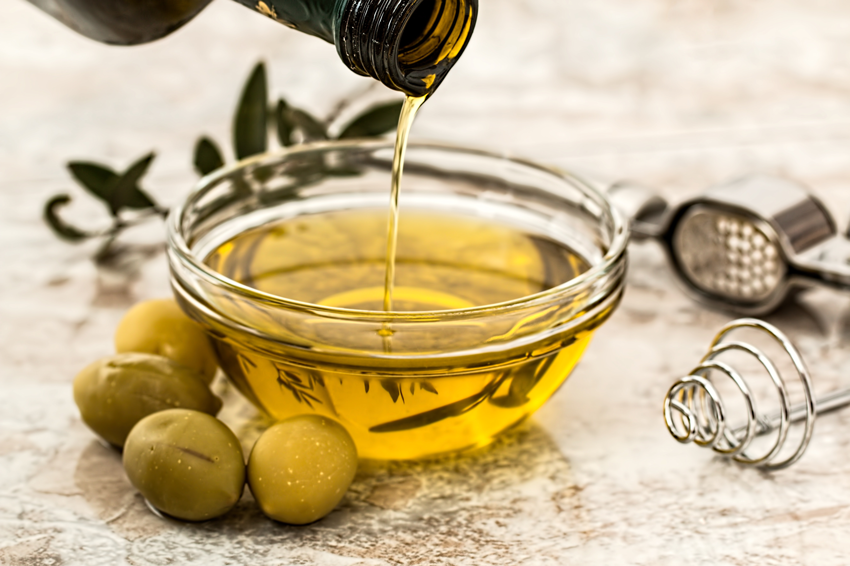
Oils high in omega-3 are also worth your while, such as canola oil (US) / rapeseed oil (UK) and flaxseed oil (US) / linseed oil (UK). But beware! They have a fairly low smoke point at around 212°F (100°C). So with that in mind, it’s better to use them to add flavor to salads and other dishes.
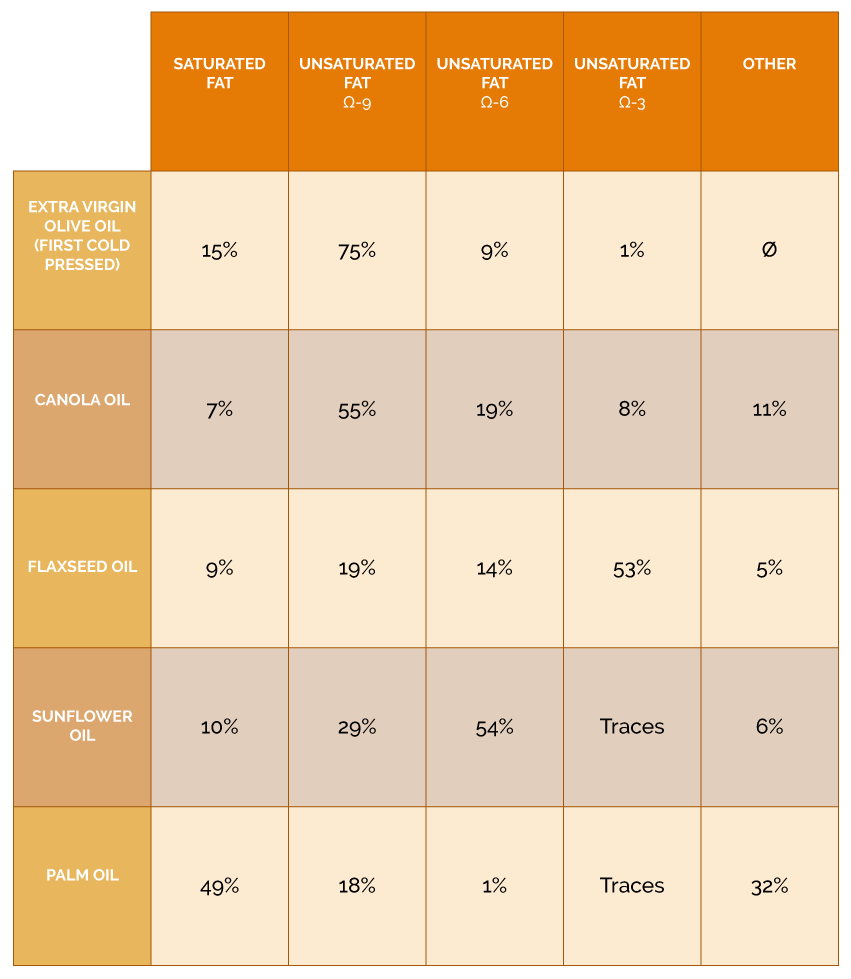
Sunflower oil has long been used for cooking and is also high in unsaturated fat omega-6. Although it’s good for your health, people tend to consume much more omega-6 than omega-3, which is around 15 to 1 in terms of ratios, when it should be around 4 to 1. Because omega-6 promotes inflammation, a continuous imbalance in this ratio increases your risk of cancer and cardiovascular disease. Here’s the bottom line: up your omega-3 intake and cut down your omega-6 intake to achieve the best balance.
Palm oil is often criticized by the media, and rightly so. It’s very often used in the food industry because it’s cheap and high in saturated fat, giving products a long shelf life. Besides increasing your risk of cardiovascular disease, growing oil palm trees has a considerably negative ecological impact on the environment, deforestation and the living environment of animals.
To sum up, the FizzUp trainer recommends using oils instead of butter or margarine. First cold pressed extra virgin olive oil is the best for cooking. You can also use up to two tablespoons of canola or flaxseed oil per day to add more flavor to your food.
Now you know the essentials about oils and fats. Use these tips from the FizzUp trainer for healthier meals that are just as tasty as ever!
Join the 7 million users already registered on FizzUp
Join us